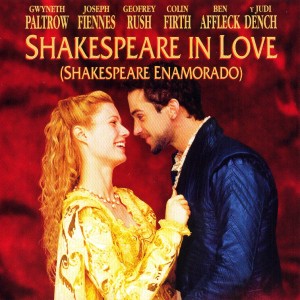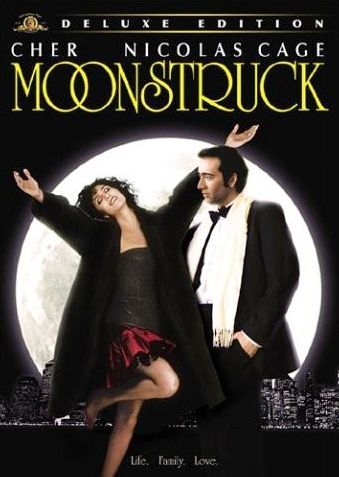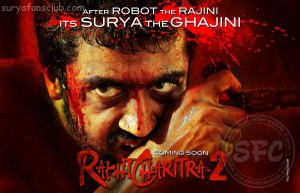 Bright red is like visual caffeine. It can activate your libido, or make you aggressive, anxious, or compulsive. In fact, red can activate whatever latent passions you might bring to the table, or to the movie. Red is power. But red doesn’t come with a moral imperative. Depending on the story’s needs, red can give power to a good guy or a bad guy. After all, both the Wicked Witch and Dorothy wore the ruby slippers.
Bright red is like visual caffeine. It can activate your libido, or make you aggressive, anxious, or compulsive. In fact, red can activate whatever latent passions you might bring to the table, or to the movie. Red is power. But red doesn’t come with a moral imperative. Depending on the story’s needs, red can give power to a good guy or a bad guy. After all, both the Wicked Witch and Dorothy wore the ruby slippers.

Because we tend to see it first, red gives the illusion of advancing toward us. Due to this, it can manipulate our sense of space. In Sydney Pollack’s The Firm, for example, the camera places us directly behind Tom Cruise when the door to the law firm opens. What we see is what Cruise sees: It is a bright red wall that visually says “power.” Because bright red has this visually aggressive quality, the space does indeed appear to come forward, and it looks shallower than it actually is. That is exactly what is going to happen to him at the firm. Cruise is about to enter a high-powered place in which there is little room to maneuver.

Red can also make something appear to move faster. (Red cars get more speeding tickets than cars of any other color.) Bright red can raise your heart rate and anxiety level. It is visually loud and can elicit anger.
One of my students told of how her happy, well-adjusted family was bored with the neutral color in their dining room. They wanted to make it more cheerful. After selecting a number of paint chips, they decided on a bright red. Almost immediately and without warning, they began to have altercations every night at dinner. It sent them into a tailspin.
In fact, it got so bad, they went into family therapy. A few months went by with no appreciable change. Frustrated, they ultimately searched for an answer in the dining room itself. As the only thing that had changed was the color, they decided to change the color back to the original pale yellow. They stopped fighting almost immediately.

Bright red tends to be cold. Power-hungry Sigourney Weaver wears red in Working Girl, and in The Sixth Sense the cold-blooded murderer wears it at a funeral. This aggressive quality of bright red is somehow tempered when the color becomes warmer. Warm reds (red-oranges) tend to be sensual or lusty. Think Gwyneth Paltrow’s bedspread in Shakespeare in Love. Rose (light red tinged with blue), like the train car in the last scene of Racing with the Moon, is more romantic. (See illustration on page 39.) Red darkened to burgundy reads as mature, regal, and elegant.

In Moonstruck, when Loretta (Cher) buys a burgundy dress for the opera, it’s an important clue to a change in her heretofore-mundane character. Burgundy, a deep red, that has a whisper of blue, is more sophisticated. It’s like a fine vintage wine. It signals a growth and maturity in Loretta. This may be her first opera, but that burgundy suggests it probably won’t be her last.

In the last analysis, the color most people think of as “red” is the one we call “fire engine red.” This is the red that makes people eat faster and gamble more. Think of the sound a fire siren makes. Red is its visual equivalent. It makes it difficult to believe that the red in the traffic lights visually signals us to “Stop!”



One Response to Red frames